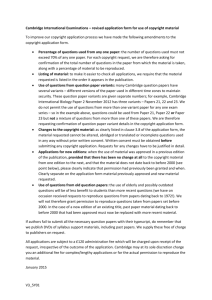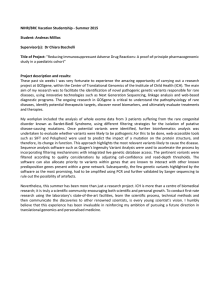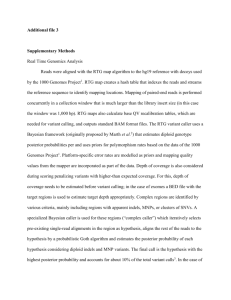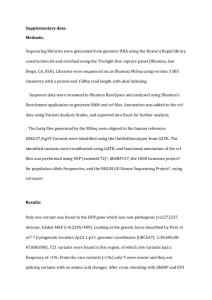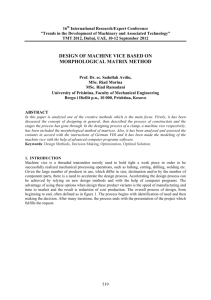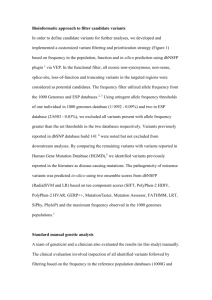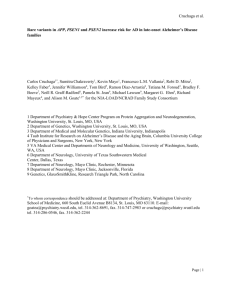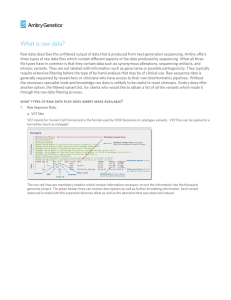Distinct but related human immunodeficiency virus type 1 variant
advertisement
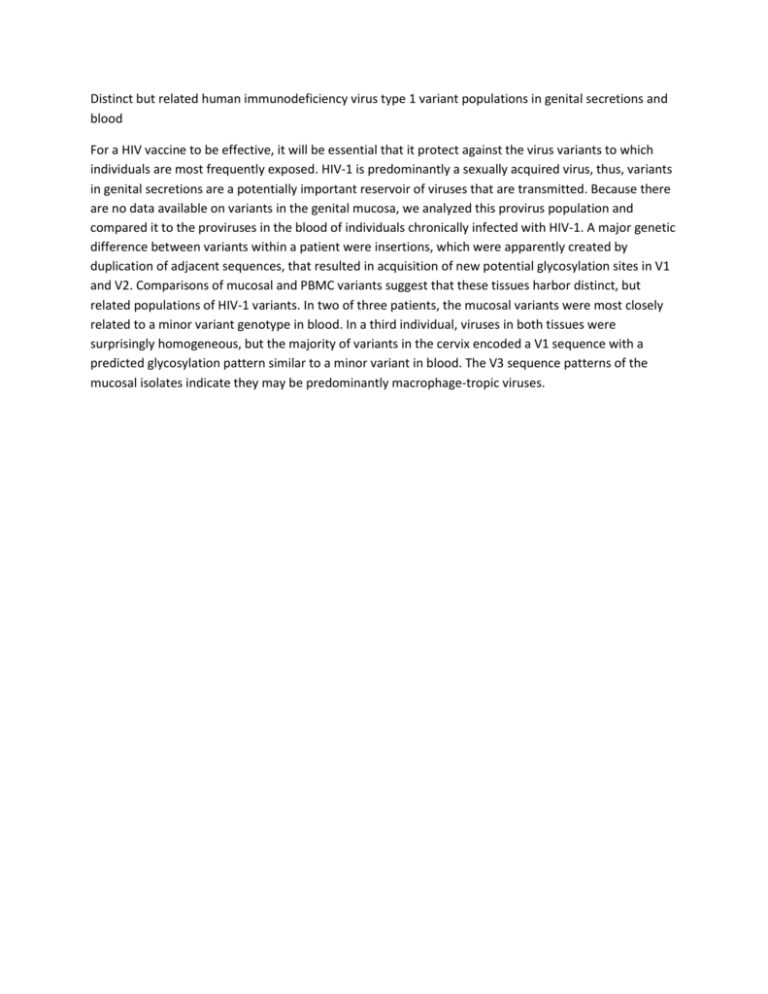
Distinct but related human immunodeficiency virus type 1 variant populations in genital secretions and blood For a HIV vaccine to be effective, it will be essential that it protect against the virus variants to which individuals are most frequently exposed. HIV-1 is predominantly a sexually acquired virus, thus, variants in genital secretions are a potentially important reservoir of viruses that are transmitted. Because there are no data available on variants in the genital mucosa, we analyzed this provirus population and compared it to the proviruses in the blood of individuals chronically infected with HIV-1. A major genetic difference between variants within a patient were insertions, which were apparently created by duplication of adjacent sequences, that resulted in acquisition of new potential glycosylation sites in V1 and V2. Comparisons of mucosal and PBMC variants suggest that these tissues harbor distinct, but related populations of HIV-1 variants. In two of three patients, the mucosal variants were most closely related to a minor variant genotype in blood. In a third individual, viruses in both tissues were surprisingly homogeneous, but the majority of variants in the cervix encoded a V1 sequence with a predicted glycosylation pattern similar to a minor variant in blood. The V3 sequence patterns of the mucosal isolates indicate they may be predominantly macrophage-tropic viruses.

